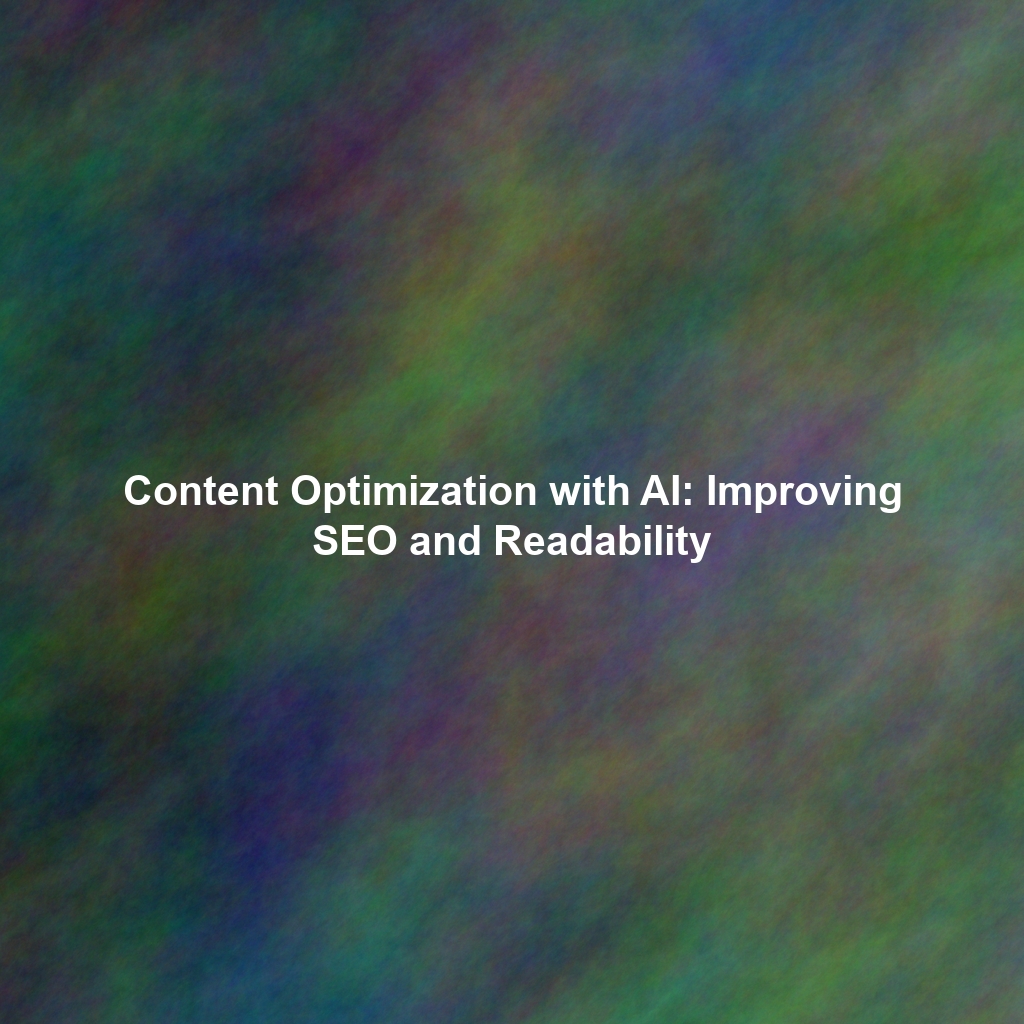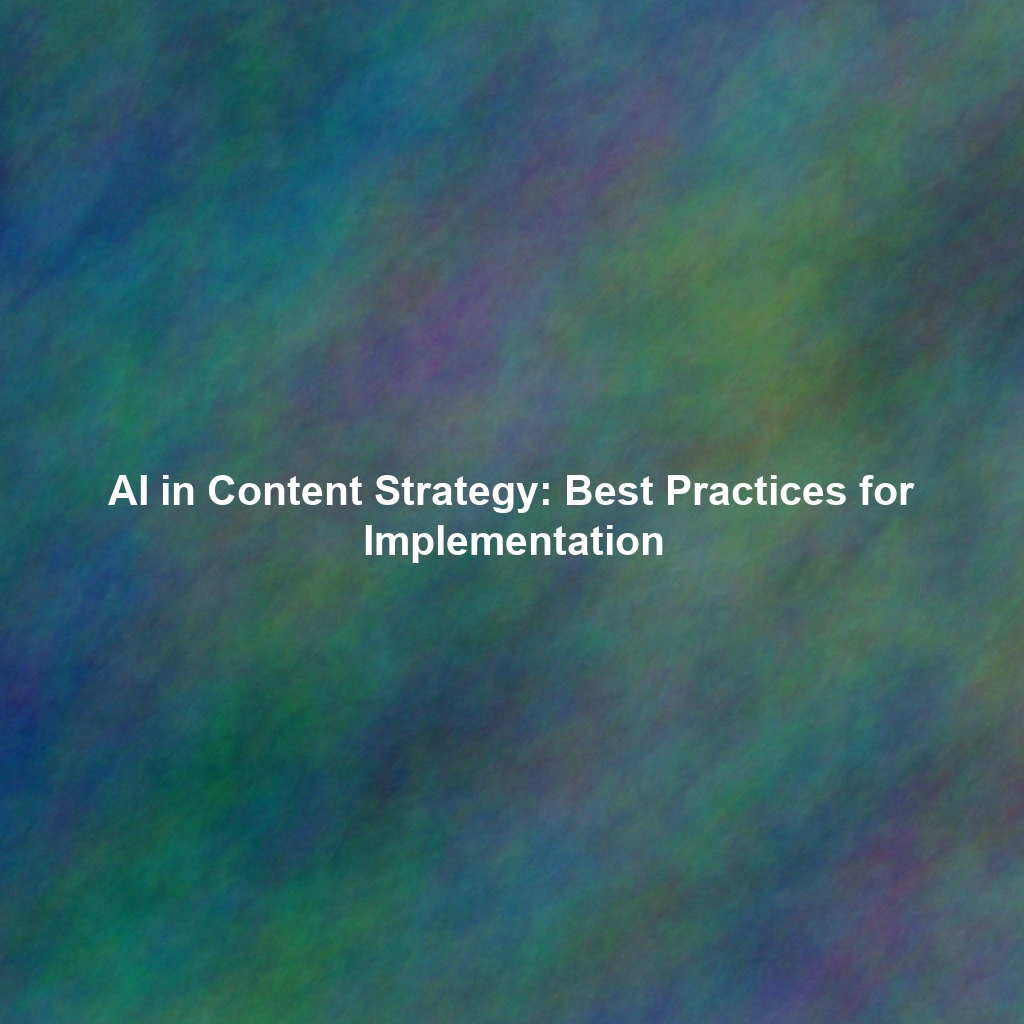Generative AI (GenAI) is rapidly transforming the content creation landscape. From crafting compelling blog posts to generating engaging social media updates and personalized email newsletters, its potential seems boundless. However, how well does GenAI actually perform across these diverse content formats, and how does it stack up against human writers in terms of quality, style, SEO optimization, and overall effectiveness? Let’s explore the strengths, weaknesses, and nuances of using GenAI for different content types.
GenAI and Blog Posts: A Balancing Act
Blog posts often require in-depth research, a clear narrative, and a unique voice. GenAI can be a valuable tool for generating initial drafts, brainstorming ideas, and even conducting preliminary research. However, relying solely on GenAI for blog content can lead to issues:
Strengths of GenAI for Blog Posts:
- Idea Generation: GenAI can quickly generate a list of potential blog topics based on keywords or industry trends.
- Outline Creation: It can help structure your blog post with a logical flow, creating headings and subheadings.
- First Draft Generation: GenAI can produce a rough draft, saving you time and providing a starting point for editing.
- Research Assistance: GenAI can summarise multiple documents and generate summaries on specific topics.
Weaknesses of GenAI for Blog Posts:
- Originality and Uniqueness: GenAI-generated content can sometimes lack originality and sound generic. Plagiarism is a potential risk that requires careful checking.
- Depth of Understanding: While GenAI can process information, it may struggle to provide nuanced insights or expert opinions based on real-world experience.
- Accuracy and Fact-Checking: Always verify the information provided by GenAI, as it can sometimes generate inaccurate or outdated content.
- SEO Optimization (Advanced): While GenAI can incorporate keywords, optimizing a blog post for search engines requires a more holistic approach, including understanding user intent, internal linking, and content structure, areas where humans still excel.
Tailored Recommendations and Prompts for Blog Posts:
To get the best results from GenAI for blog posts, use specific and detailed prompts. For example, instead of asking “Write a blog post about marketing,” try “Write a 500-word blog post about the top 5 emerging trends in digital marketing for small businesses, including statistics and examples.” Also, be sure to meticulously edit and fact-check the generated content, adding your own expertise and perspective.
Social Media Content: Speed and Engagement
Social media demands brevity, creativity, and a strong understanding of audience engagement. GenAI can be a powerful ally in crafting engaging social media updates.
Strengths of GenAI for Social Media:
- Generating Captions and Hashtags: GenAI can quickly create various captions for images and videos, along with relevant hashtags.
- Adapting Content to Different Platforms: It can rephrase content to suit the character limits and style of different social media platforms (e.g., Twitter vs. Instagram).
- Scheduling Content: GenAI-powered tools can integrate with social media scheduling platforms, automating content posting.
- Brainstorming Creative Ideas: If you’re stuck for content ideas, GenAI can generate a range of engaging prompts and topics.
Weaknesses of GenAI for Social Media:
- Authenticity and Tone: GenAI-generated content can sometimes sound robotic or lack the authentic voice that resonates with social media audiences.
- Understanding Nuance and Context: Social media thrives on real-time conversations and reacting to current events. GenAI may struggle to understand complex social dynamics.
- Visual Content Creation: While GenAI can generate text, creating visually appealing content (images, videos, etc.) still requires human creativity and design skills, though AI image generators are improving.
Tailored Recommendations and Prompts for Social Media:
Provide GenAI with clear instructions about your target audience, brand voice, and desired engagement. For example, “Write three different Twitter posts promoting our new product, targeting young adults interested in sustainability. Use a humorous and engaging tone with relevant hashtags.” Remember to always review and personalize the generated content before posting.
Email Newsletters: Personalization at Scale
Email newsletters are a crucial tool for nurturing leads, building relationships, and driving conversions. GenAI can help personalize email content and automate aspects of the newsletter creation process.
Strengths of GenAI for Email Newsletters:
- Subject Line Generation: GenAI can create compelling subject lines that improve open rates.
- Personalized Content: It can generate personalized email content based on customer data and preferences.
- A/B Testing: GenAI can assist in creating variations of email content for A/B testing, helping you optimize performance.
- Summarization: Can summarise longer articles for inclusion within a newsletter.
Weaknesses of GenAI for Email Newsletters:
- Data Privacy Concerns: Using customer data to personalize content raises privacy concerns. Ensure compliance with data protection regulations (e.g., GDPR).
- Over-Personalization: Too much personalization can feel intrusive or creepy. Strive for a balance between relevance and privacy.
- Spam Filters: GenAI-generated email content may trigger spam filters if it lacks personalization or contains suspicious phrases.
Tailored Recommendations and Prompts for Email Newsletters:
Provide GenAI with specific customer data (while respecting privacy) and instructions on the desired tone and call to action. For example, “Write a personalized email to customers who purchased product X, recommending product Y based on their past purchase history. Use a friendly and helpful tone with a clear call to action to learn more.”
The Human Element: Why It Still Matters
While GenAI offers tremendous potential for content creation, it’s essential to remember the importance of the human element. Human writers bring creativity, critical thinking, and emotional intelligence to the table – qualities that GenAI currently struggles to replicate. Furthermore, experience, expertise, authoritativeness, and trustworthiness (EEAT) are critical for high-quality content in the eyes of Google and users alike, and GenAI alone cannot establish these factors. The best approach is to view GenAI as a tool that augments human capabilities, not replaces them. Use GenAI to streamline your workflow, but always ensure that a human writer reviews, edits, and personalizes the content to ensure accuracy, originality, and relevance.
Conclusion
GenAI is revolutionizing content creation across various formats, offering speed, efficiency, and scalability. However, its limitations in originality, accuracy, and nuanced understanding necessitate careful oversight by human writers. By understanding the strengths and weaknesses of GenAI in each content format and providing tailored prompts, you can harness its power to create more effective and engaging content. The future of content creation likely lies in a collaborative partnership between humans and AI, where each leverages their unique strengths to deliver exceptional results.
 Skip to content
Skip to content
